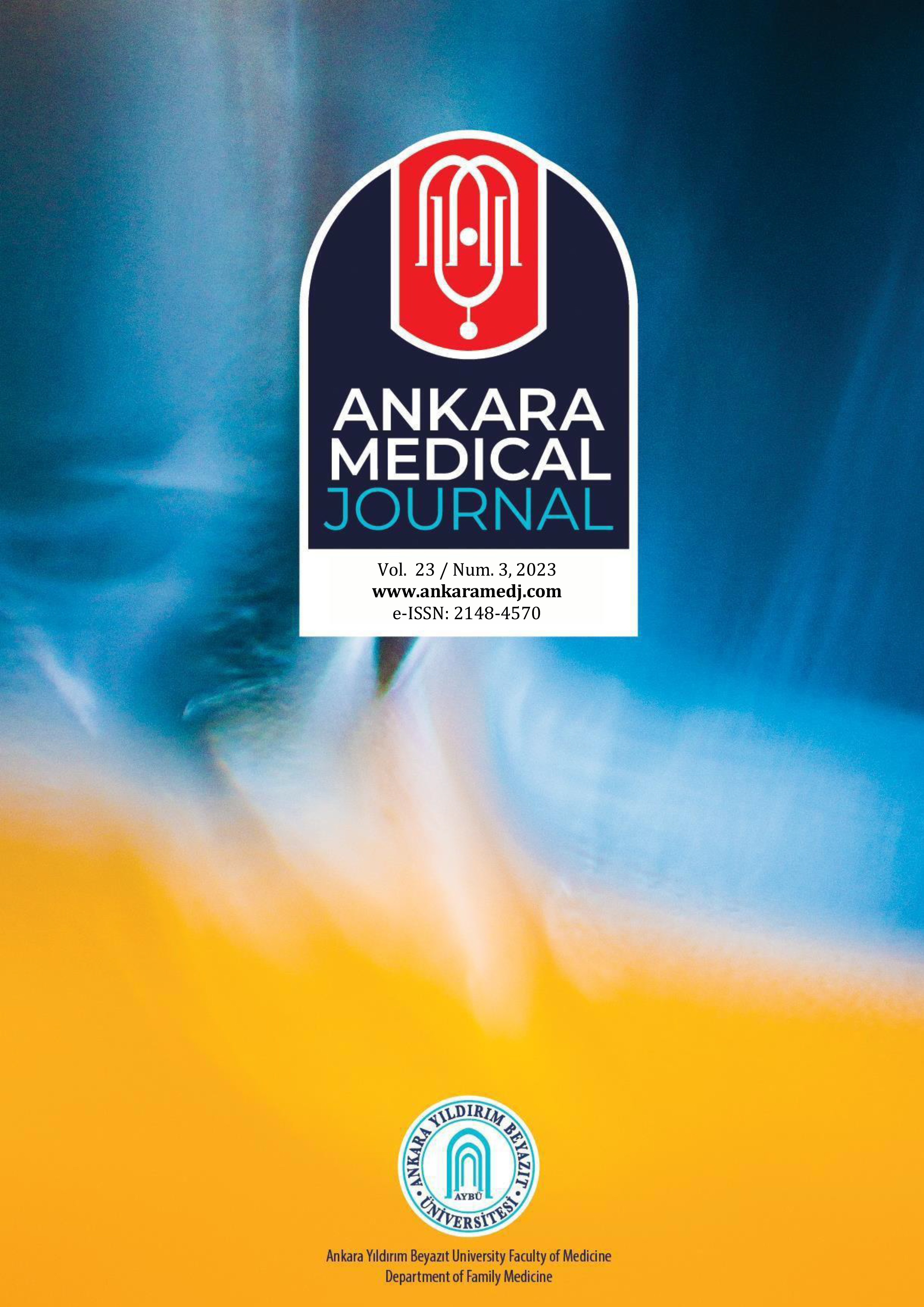An Analysis of the Distribution of Patient Diagnoses Based on ICD Codes in Turkey Between 2016 and 2022: A Descriptive Study
Mustafa Mahir Ülgü1, Şuayip Birinci21Ministry of Health, General Directorate of Health Information Systems2Ministry of Health, Deputy Minister
INTRODUCTION: It is very important for the individual to get to the hospital correctly and on time. This study aims to evaluate hospital admissions and diagnoses nationwide and guide policies to improve patient admissions.
METHODS: All data on outpatient and inpatient treatment applications between 01.01.2016 and 31.12.2022 were examined retrospectively by examining the data of the national registry system. The diagnoses entered at each visit on these dates were classified according to ICD-10 and divided into 21 categories. Data related to specialty, hospital level and seasonal information of diagnoses were evaluated.
RESULTS: During the study period, 6,662,007,644 diagnoses were entered in hospital visits. While it was seen that the number of diagnoses entered increased gradually from 2016 to 2019, it was noted that there was a decrease in 2020 due to the COVID-19 pandemic. The three most common diagnoses were musculoskeletal system diseases, circulatory system diseases, and diseases due to infectious causes. Infectious, eye, and gastrointestinal diseases were found to vary seasonally in the frequency of diagnosis.
DISCUSSION AND CONCLUSION: Evaluating seasonal and hospital-level patient applications is essential in establishing effective health policies. Raising awareness of patients and increasing the number of health personnel is necessary to use health services effectively.
Makale Dili: İngilizce
(710 kere indirildi)





